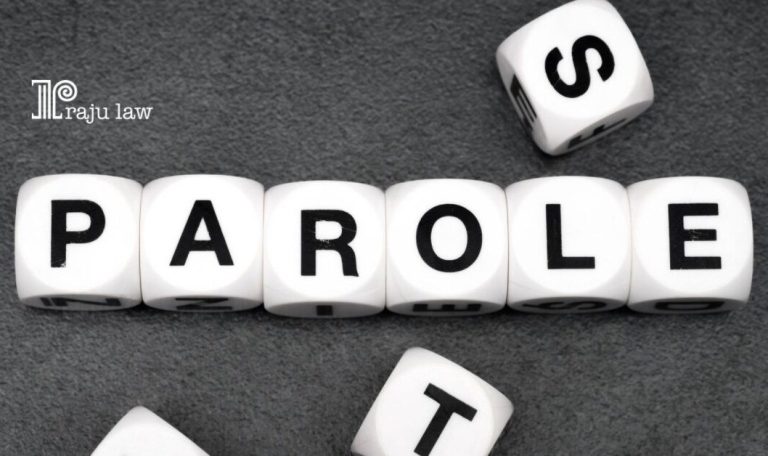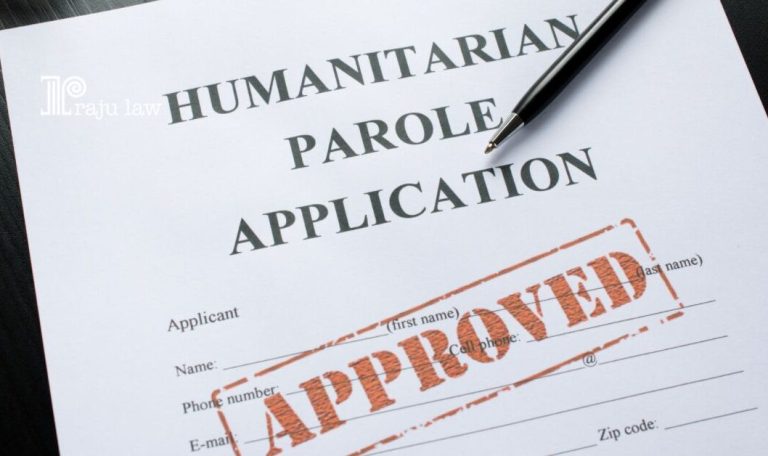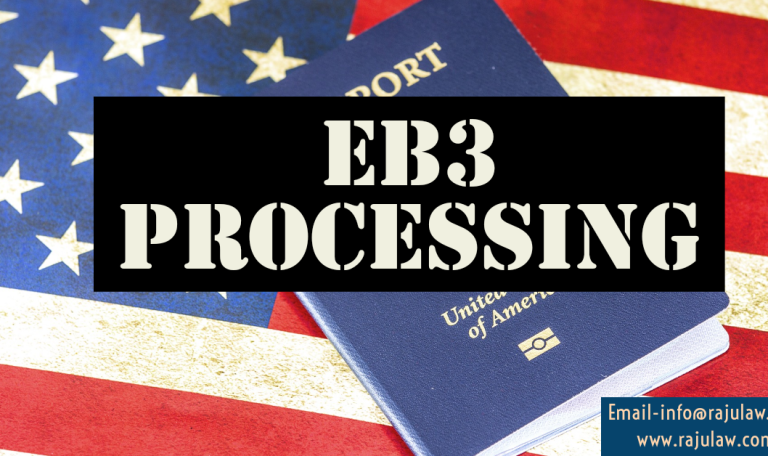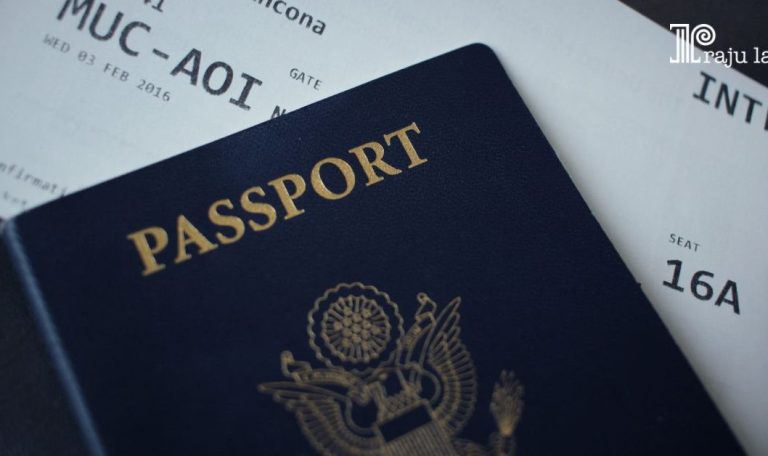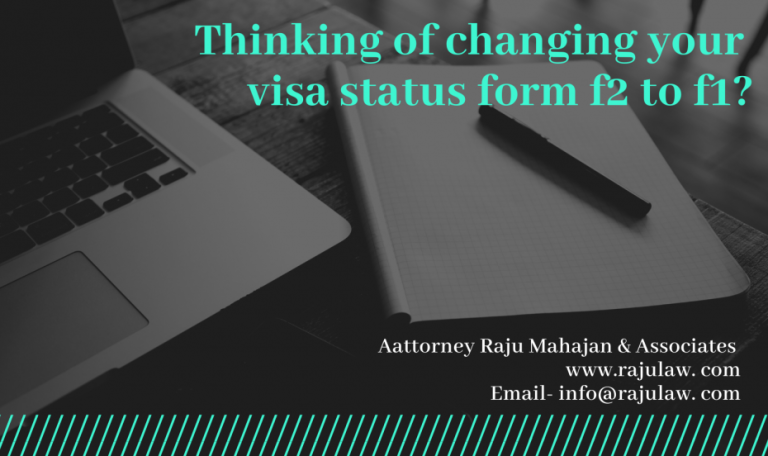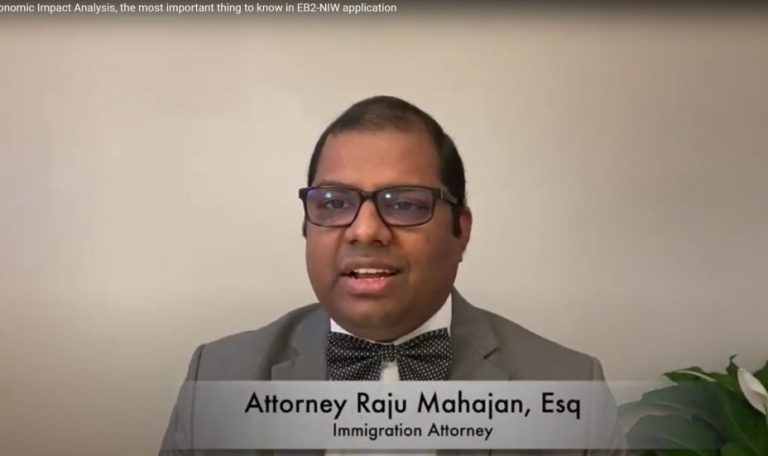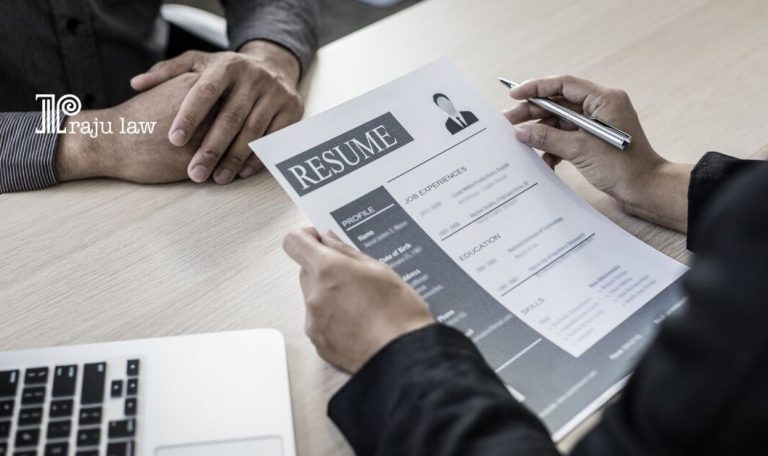
Employment-Based Immigration: Fourth Preference EB-4
The EB4 visa is a work-based green card category that allows foreign citizens to live and work permanently in the United States. If you match the qualifications for a “special immigrant,” you may be eligible for the visa. They can also apply for citizenship by naturalization after five years of living in the U.S. as a green card holder. Eligibility for EB-4 Visa: If you are a special immigrant, you may be eligible for an employment-based, fourth preference (EB-4) visa. The following special immigrants are eligible for the fourth preference visa: Religious workers; Special Immigrant Juveniles; Certain broadcasters; Certain retired officers or employees of a G-4 international organization or NATO-6 civilian employees and their family members; Certain employees of the U.S. government who are abroad and their family members; Members of the U.S. armed forces; Panama Canal Company or Canal Zone government employees; Certain physicians licensed and practicing medicine in a U.S. state as of Jan. 9, 1978; Afghan or Iraqi translators or interpreters; Iraqis who were employed by or on behalf of the U.S. government; and Afghans who were employed by the U.S. government or International Security Assistance Force (ISAF). Petitioning for an Employment-Based Fourth Preference Immigrant To petition for an employment-based fourth preference immigrant, the applicant/ employer must file a Form I-360, Petition for Amerasian, Widow(er), or Special Immigrant. However, there are certain situations where you, the employee, may self-petition on your behalf. Where to File If you live in the United States, you should generally file at the Chicago, Dallas, or Phoenix Lockboxes, depending on where you live and whether you are also filing Form I-485, Application to Register Permanent Residence or Adjust Status, at the same time (known as “concurrent filing”). For a complete list of addresses, visit our Direct Filing Addresses for Form I-360 page. VAWA Self-Petitioning Spouses, Children, and Parents File your Form I-360 at the Vermont Service Center. Special Immigrant Juveniles (SIJ) File your Form I-360 at the Chicago Lockbox. Religious Workers You cannot file Form I-360 concurrently with Form I-485. You may file Form I-485 only after USCIS approves your Form I-360. See 8 CFR 245.2(a)(2)(B); Cf. Ruiz-Diaz v. the United States, 703 F.3d 483 (9th Cir. 2012). Iraqi and Afghan nationals who worked for or on behalf of the U.S. government in Iraq or Afghanistan You may scan and email your petition with the required documents (preferably in .pdf format) to nsci360sivapp@uscis.dhs.gov. Please include the email address you want us to send your electronic receipt. If you do not have an email address with your form, USCIS will send the receipt notice electronically to the email address you used to submit your petition.


